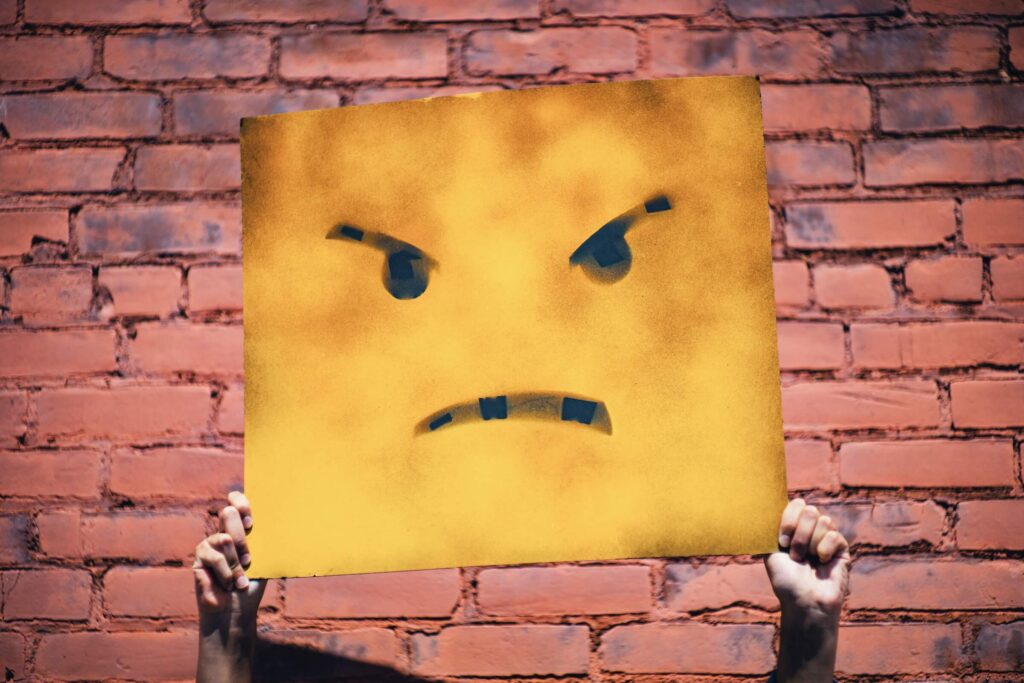
“Unhinged” social media refers to a situation where individuals or groups on social media platforms engage in extreme, erratic, or irrational behaviour. This behaviour might involve posting inflammatory, offensive, or nonsensical content, engaging in personal attacks or harassment, spreading conspiracy theories, or exhibiting a disregard for social norms and decorum.
In an “unhinged” social media context, people might be driven by strong emotions, such as anger, fear, or frustration, which can lead to impulsive and aggressive online interactions. The term “unhinged” suggests a lack of stability or control, implying that the behaviour exhibited on social media is disconnected from reasoned discourse or rational thought.
It’s important to note that social media can amplify and magnify extreme behaviours due to its instantaneous and far-reaching nature. “Unhinged” behaviour on social media can have real-world consequences, impacting individuals’ mental well-being, and relationships, and even spreading misinformation or inciting offline events.
As social media platforms play a significant role in communication and information sharing, understanding and addressing “unhinged” behaviour is important for maintaining healthy and productive online communities.
Here are a few potential factors that could contribute to the popularity of “unhinged” social media behaviour in Sri Lanka or any other context:
Political and Social Divides: Societies that have experienced political or social divisions might see more polarized and extreme behaviour on social media platforms. In Sri Lanka, historical ethnic tensions and political rivalries could contribute to an environment where people engage in more extreme online interactions to express their views or rally support for their respective positions.
Freedom of Expression: Social media platforms provide a space for individuals to freely express their opinions and emotions. In places where there may be limited outlets for public expression, people might resort to social media to voice their concerns, sometimes in an unhinged manner.
Digital Literacy and Media Literacy: The level of digital and media literacy among a population can influence how people engage with social media. In areas where people may lack the skills to critically evaluate information and sources, they might be more susceptible to sharing or engaging with sensational or extreme content.
Algorithmic Influence: Social media algorithms can sometimes prioritize content that evokes strong reactions, which can incentivize users to post or engage with provocative content to gain visibility and attention. This can contribute to a cycle of “unhinged” behaviour as users compete for online visibility.
Anonymity and Online Identity: The relative anonymity that social media provides can lead some individuals to behave more aggressively or impulsively than they would in face-to-face interactions. This anonymity can foster a sense of detachment from the consequences of one’s actions.
Cultural Norms and Communication Styles: Cultural norms and communication styles vary from place to place. What might be considered “normal” or acceptable behaviour on social media in one culture might be perceived as “unhinged” in another?
Echo Chambers and Group Dynamics: Social media can create echo chambers where like-minded individuals reinforce each other’s views and discourage dissenting opinions. This can lead to the amplification of extreme viewpoints and behaviours within certain online communities.
It’s essential to remember that these factors are interconnected and can interact in complex ways. The popularity of “unhinged” social media behaviour in Sri Lanka or any other location is likely the result of a combination of these and other factors.
- Written by: Mohenesh Chamith Buthgumwa
- Posted on: August 21, 2023
- Tags: Digital, digital marketing sri lanka, freedom of expression, sri lanka, Twitter, Unhinged, unhinged social media